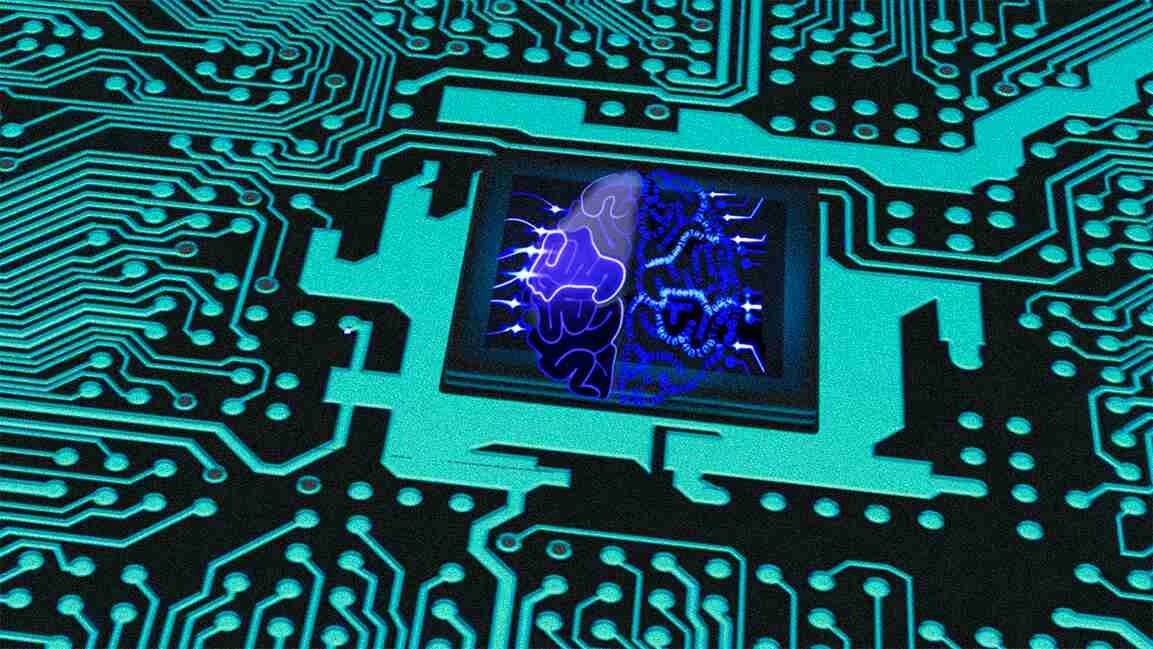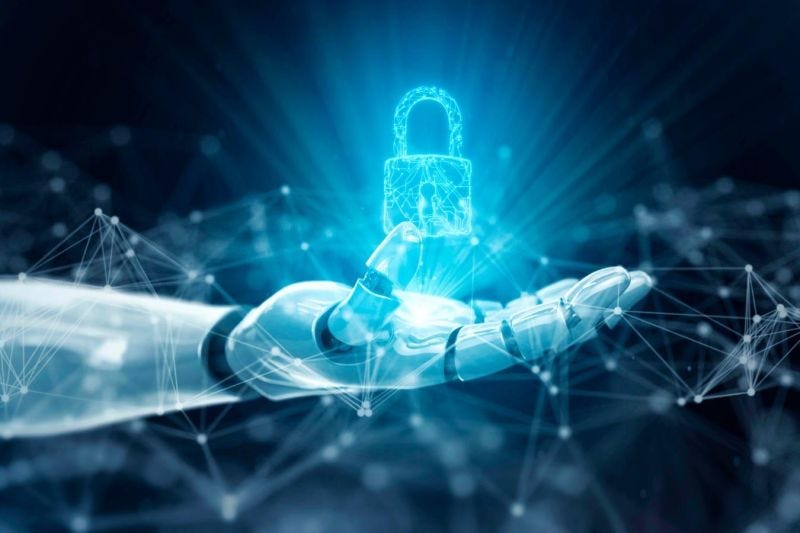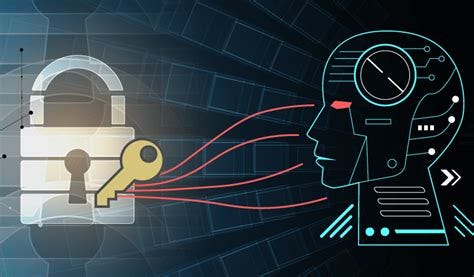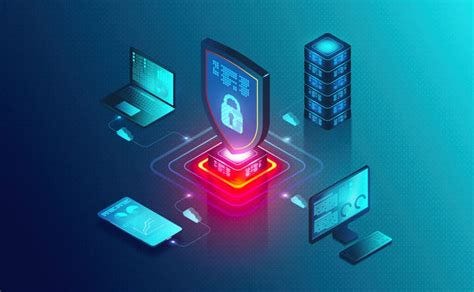Introduction
In the digital age, where cyber threats loom larger and more sophisticated with each passing day, the quest for robust cybersecurity measures has never been more critical. Picture this: a world where cybersecurity defenses not only react to threats but anticipate them, adapt to them, and neutralize them almost instantaneously. Welcome to 2024, where artificial intelligence (AI) is no longer just a buzzword but the backbone of cutting-edge cybersecurity strategies. From predictive analytics to automated threat detection, AI is revolutionizing how we safeguard digital assets, ensuring businesses and individuals can stay one step ahead of cybercriminals.

This transformation isn’t just about technology; it’s about a fundamental shift in how we perceive and implement cybersecurity measures. With AI, the paradigm has shifted from a reactive to a proactive and predictive stance, making cybersecurity more dynamic, intelligent, and, importantly, more effective. As we delve into the intricacies of AI-driven cybersecurity technologies, benefits, challenges, and what the future holds, we invite you on a journey to explore the forefront of digital defense mechanisms in 2024. Get ready to uncover how AI is not just enhancing cybersecurity but redefining it, ensuring a safer digital tomorrow.
The AI and Cybersecurity Fusion: An Overview
In 2024, the line between artificial intelligence and cybersecurity has not just blurred—it’s been completely redrawn. AI isn’t just an add-on or a luxury for the cybersecurity industry; it’s become the engine driving its evolution. This fusion is a response to the increasingly complex and sophisticated nature of cyber threats, which traditional security measures no longer can handle effectively. Let’s break down how AI is integrating into cybersecurity and why this partnership is pivotal for the digital age.
Integration of AI in Cybersecurity
The integration of AI into cybersecurity is a game-changer. By harnessing the power of machine learning and artificial intelligence, cybersecurity systems can now learn from past attacks, adapt to new threats, and respond to breaches with minimal human intervention. This AI-driven approach is transforming everything from threat detection to response strategies, making cybersecurity measures more intuitive, intelligent, and, importantly, faster.

Shift From Traditional Security Measures to AI-powered Solutions
Gone are the days when static, rule-based security measures could offer ample protection. In 2024, AI-powered solutions are at the forefront, providing dynamic and adaptive security mechanisms that evolve as threats do. These solutions are characterized by their ability to analyze vast amounts of data in real-time, identify patterns indicative of cyber threats, and initiate responses to these threats faster than any human team could.
Key AI-Driven Cybersecurity Technologies in 2024
As we delve deeper into the AI-driven landscape of cybersecurity, several key technologies stand out for their revolutionary impact:
-
Automated Threat Detection and Response: AI algorithms can sift through data at an unprecedented rate, identifying threats as they emerge and responding in real-time. This immediacy drastically reduces the window of opportunity for cyber attackers.
-
Predictive Analytics: Leveraging historical data and pattern recognition, AI can predict potential security breaches before they occur, allowing for preemptive action to avert them.
-
Phishing Detection and Prevention: With the sophistication of phishing attempts reaching new heights, AI’s ability to recognize and block these threats is invaluable, protecting users from increasingly clever deception tactics.
-
Secure Authentication Methods: AI-enhanced biometrics and behavioral analytics are making authentication processes not only more secure but also more user-friendly, reducing the reliance on passwords while enhancing security.
The integration of AI into cybersecurity is not just changing the game; it’s setting a new standard for what security means in the digital world. By making systems smarter, faster, and more adaptable, AI is ensuring that cybersecurity measures can keep pace with the ever-evolving threat landscape.
Benefits of AI in Cybersecurity
The integration of AI into cybersecurity isn’t just a trend; it’s a pivotal shift that’s redefining the efficacy and efficiency of digital defense mechanisms. Here’s a closer look at the key benefits AI brings to the table in the realm of cybersecurity:

Enhanced Detection Capabilities
One of the most significant advantages of AI in cybersecurity is its superior threat detection capabilities. Unlike traditional systems that rely on known threat signatures, AI-powered systems can analyze patterns, detect anomalies, and identify potential threats based on behavior, making it possible to catch zero-day exploits and sophisticated attacks that would otherwise slip through the cracks.
Reduced Response Time
Speed is of the essence when it comes to responding to cyber threats. AI’s ability to process and analyze data at lightning speeds means that response times are significantly reduced. Automated systems can detect and neutralize threats in real-time, often before they have a chance to cause significant damage. This rapid response capability is crucial in minimizing the impact of cyber attacks.
Scalability
As organizations grow, so too do their data and security needs. AI-driven cybersecurity solutions are inherently scalable, capable of handling an increasing volume of data and more complex security scenarios without a corresponding increase in resources or costs. This scalability ensures that businesses can remain protected as they expand, without the need for constant manual updates or overhauls of their security infrastructure.
Continuous Learning and Adaptation
Perhaps one of the most compelling aspects of AI in cybersecurity is its ability to learn and adapt over time. Through continuous analysis of new threats and attacks, AI systems can evolve, becoming more adept at recognizing and responding to new and emerging threats. This continuous learning process ensures that cybersecurity measures remain effective over time, even as cybercriminals devise new tactics.
Cost Efficiency
Implementing AI in cybersecurity can also lead to significant cost savings. By automating threat detection and response, organizations can reduce the need for large security teams to monitor and analyze data, leading to reduced labor costs. Additionally, the ability of AI to prevent attacks can save organizations from the potentially catastrophic financial impacts of data breaches.
AI empowers cybersecurity with a proactive stance, shifting from a reactive to a preventative approach. This paradigm shift is crucial in today’s digital landscape, where the cost and complexity of cyber attacks continue to rise. By anticipating and mitigating threats before they materialize, AI is setting a new standard for cybersecurity, one that prioritizes prevention and resilience.
Challenges and Considerations in AI-Driven Cybersecurity
While the benefits of AI in cybersecurity are substantial, the path to integrating artificial intelligence into digital defense mechanisms is not without its challenges and ethical considerations. Understanding these hurdles is essential for leveraging AI effectively and responsibly.

Data Privacy Concerns
AI-driven cybersecurity solutions require access to vast amounts of data to learn and make informed decisions. This necessity raises significant data privacy concerns, as sensitive information must be handled and analyzed with the utmost care to prevent breaches or misuse. For instance, in 2021, a leading AI cybersecurity firm faced scrutiny when its data processing methods were questioned for potentially violating privacy regulations, underscoring the delicate balance between security and privacy.
Risk of AI-Driven Attacks
Ironically, the same technology that powers cybersecurity defenses can also be used to orchestrate sophisticated cyber attacks. AI-driven phishing attacks have become increasingly common, with attackers using machine learning to craft highly convincing fake messages. In one reported case, attackers used AI to mimic a CEO’s voice, successfully convincing an employee to transfer funds to a fraudulent account, showcasing the dual-edged sword of AI technology.
Ethical AI Development and Use
The development and deployment of AI in cybersecurity must be guided by ethical considerations to ensure that technology does not inadvertently cause harm. Decisions made by AI systems can have significant consequences, and without ethical guidelines, there’s a risk of bias, unfair practices, or unintended outcomes. The initiative by the Global Cyber Alliance to establish an AI ethics framework for cybersecurity is a step in the right direction, aiming to ensure that AI is used responsibly and justly.
Integration and Compatibility Challenges
Integrating AI into existing cybersecurity infrastructures can pose technical and compatibility challenges. Organizations often find that their legacy systems are not equipped to support AI technologies without significant overhauls, necessitating substantial investments in time and resources. A survey by a cybersecurity consortium found that 40% of businesses struggle with the integration of AI into their existing security frameworks, highlighting the need for adaptable and compatible AI solutions.
Despite these challenges, there are numerous success stories of AI-driven cybersecurity positively impacting organizations. For example, a financial services company implemented AI-driven threat detection systems, reducing their incidence of successful phishing attacks by over 75% within the first year of deployment. Another example is a healthcare provider that used AI to secure patient data, successfully identifying and mitigating a sophisticated ransomware attack before it could encrypt critical files, demonstrating the real-world efficacy of AI in cybersecurity.

The challenges of implementing AI in cybersecurity are significant but not insurmountable. With careful consideration of privacy, ethical use, and integration challenges, coupled with ongoing advancements in technology, AI can offer a powerful tool in the fight against cyber threats. The key is a balanced approach that leverages AI’s strengths while addressing its potential weaknesses and risks.
The Future of AI in Cybersecurity
As we look towards the horizon, it’s clear that AI will continue to play a pivotal role in shaping the future of cybersecurity. With rapid technological advancements and an ever-evolving threat landscape, the potential for AI to further revolutionize cybersecurity is immense. Here’s what we can anticipate in the coming years:
Advancements in AI Technologies
Emerging AI technologies, such as deep learning and quantum computing, are set to offer unprecedented capabilities in threat detection and response. For example, deep learning can enhance the accuracy of identifying malicious activities, reducing false positives and enabling more precise threat mitigation strategies. Meanwhile, quantum computing promises to significantly speed up the processing of complex data sets, potentially making current encryption methods obsolete but also offering new ways to secure data.
Autonomous Security Systems
The future will likely see the rise of fully autonomous security systems capable of identifying, analyzing, and neutralizing cyber threats without human intervention. These systems will operate on sophisticated AI algorithms that can adapt to new threats in real-time, offering a level of responsiveness and efficiency that is currently unattainable. The development of such systems could dramatically reduce the time between threat detection and response, further minimizing the potential impact of cyber attacks.
AI Collaboration Networks
As cyber threats become more sophisticated, the development of AI collaboration networks, where AI systems across different organizations and sectors share threat intelligence in real-time, could become a game-changer. This collective approach to cybersecurity would not only enhance the ability to detect new threats but also enable a more coordinated and effective response across the digital ecosystem.
Ethical and Regulatory Developments
With the increasing reliance on AI for cybersecurity, we can also expect advancements in ethical guidelines and regulatory frameworks to ensure the responsible use of AI. These developments will aim to address concerns related to privacy, bias, and accountability, ensuring that AI technologies are used in a manner that is transparent, fair, and beneficial to all.
Real-World Example: Predictive Cybersecurity in Action
A glimpse into the future of AI in cybersecurity is already visible in some sectors. For instance, a leading tech company recently unveiled a predictive cybersecurity system that uses AI to forecast cyber attacks before they happen, based on trends and anomalies in vast datasets. In its pilot phase, the system successfully predicted a major ransomware attack, allowing preemptive measures to be taken that saved the targeted organization from significant damage and data loss.
As AI continues to evolve, the possibilities for its application in cybersecurity are limitless. Organizations must stay abreast of these advancements, embracing AI’s potential while also navigating its challenges with foresight and responsibility. By doing so, they can not only protect against the threats of today but also prepare for the security challenges of tomorrow.
Embracing the AI Revolution in Cybersecurity
As we’ve journeyed through the transformative impact of AI on cybersecurity in 2024, it’s evident that the fusion of artificial intelligence and digital defense mechanisms is not just a trend but a fundamental shift towards a smarter, more resilient cybersecurity landscape. From enhancing detection capabilities and reducing response times to offering scalable solutions that learn and adapt, AI is redefining what it means to be secure in the digital age.
Yet, with great power comes great responsibility. The challenges of data privacy, the risk of AI-driven attacks, ethical considerations, and integration hurdles remind us that the path forward requires careful navigation. It’s crucial for organizations to not only invest in AI-driven cybersecurity solutions but also to foster a culture of ethical AI use, ensuring that advancements in technology are matched with commitments to privacy, fairness, and accountability.

The future of AI in cybersecurity is bright, brimming with potential for innovations that could further secure our digital world against the ever-evolving threat landscape. But realizing this potential demands action today. It calls for a collaborative effort among tech leaders, cybersecurity professionals, policymakers, and organizations to champion the development and deployment of AI in a manner that is both effective and ethical.
As we stand on the brink of this AI revolution in cybersecurity, the question is not whether AI will become indispensable to digital defense—it already is. The question is how we will harness this powerful tool to ensure a safer digital future for all. Let’s embrace the AI revolution with open arms and a vigilant eye, paving the way for a cybersecurity landscape that’s not only intelligent but also inclusive, ethical, and ultimately, more secure.
Thanks for reading Armur’s Cybersecurity Blog! Subscribe for free to receive new posts and support my work.



